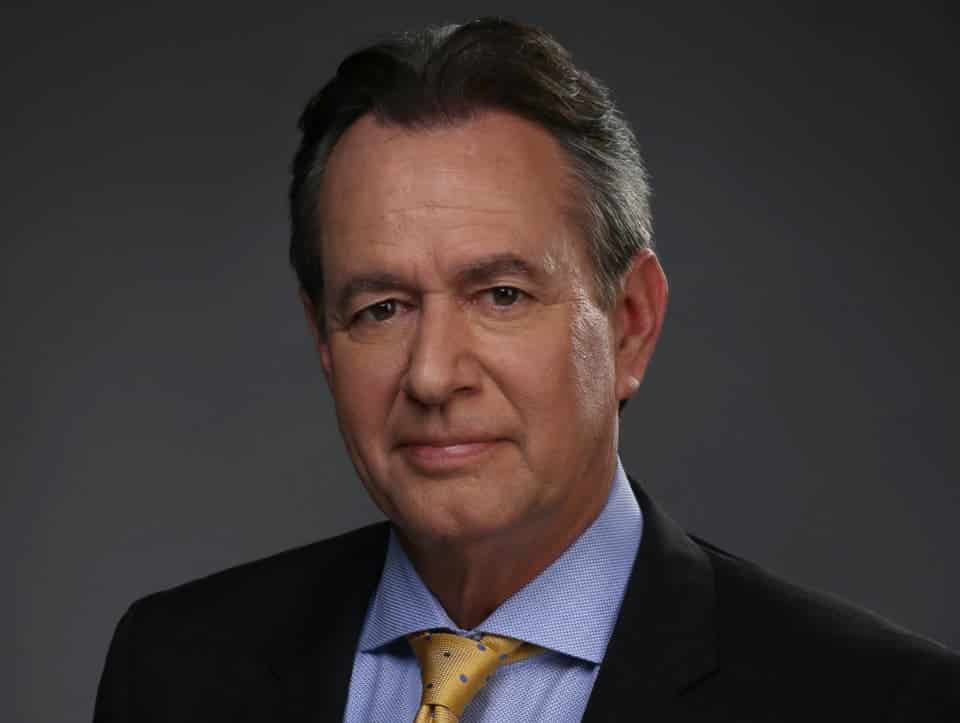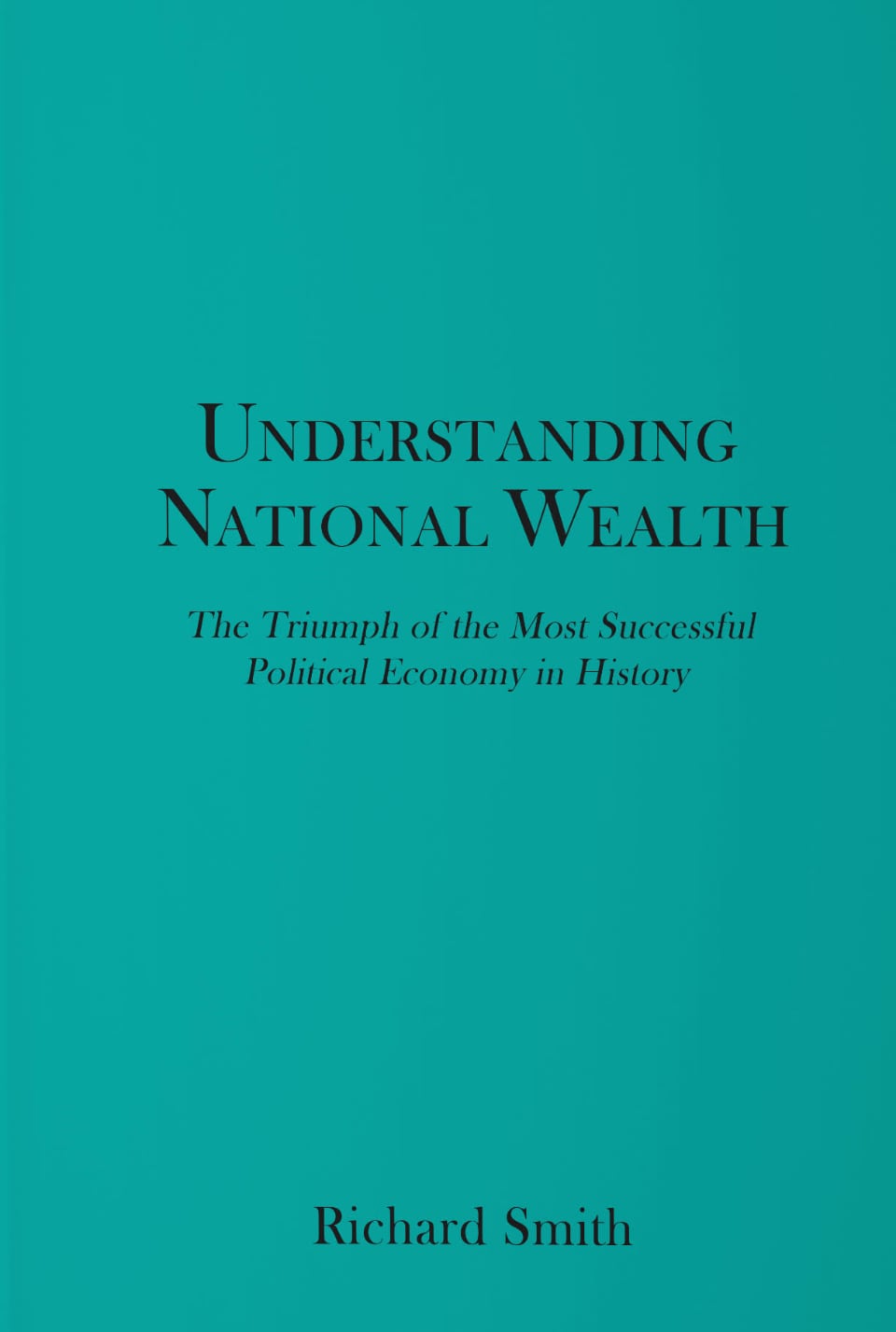What Does the Recent Fed Rate Cut Mean for Business?

Following this week’s surprise 50-basis point interest rate cut by the Federal Reserve, the 10-year treasury yield dropped to an historic low under 100-basis points which is below the rate of inflation, therefore negative in real terms. And it might be headed even lower.
What does this mean for investors, pension funds, businesses, and the economy in general?
Holding all else constant, the outcome of rates this low will, over time, be the inflating of asset prices, most notably real estate and equity prices. Real estate values naturally increase as the cost of borrowing goes down. Regarding equity values, the most generally accepted method for valuing equities and derivatives thereof is the Nobel Prize winning Capital Asset Pricing Model (CAPM), which incorporates in its model a risk-free rate of return and discount factor, both directly influenced by 10-year yields and Federal Reserve interest rate policy.
As the overall interest rate environment decreases, equity markets generally rise since the discount rate applied to projected future enterprise cash flows decreases, and the relative value of a risk-free asset alternative decreases. Trillions of dollars will be added to asset valuations. Another outcome known to policymakers and not unintentional is the so-called “wealth effect”, to stimulate consumption in an effort to avoid an economic downturn.
The opposite, of course, holds: there is downward pressure on real estate and equity valuations in an environment of a rising 10-year yield, including the value of existing bond holdings. Given these historic and unprecedented low interest rates, there is significant risk, over time, of certain asset classes becoming over inflated leading to significant downside risk to asset values, which translates into falling business, personal, and national wealth.
There is some concern that the 10-year entering negative real yield territory will produce inflation. But maybe not. There are a few interesting and important economic history lessons of the Great Recession of 2008 and 2009 regarding inflation. In response to this severe downturn, interest rates were reduced to near zero and the world was flooded for many years with US dollars, which usually causes concern that inflation will ensue, yet inflation remained stubbornly low; the classic scenario of too many dollars chasing too few goods did not unfold as economic theory might have predicted.
The world was simply too productive, spitting out goods and services at a rate unheard of just a few decades earlier, primarily due to new technologies in the fields of manufacturing, communications, transportation, and information systems. What ensued was too many dollars chasing too many goods, neutralizing the inflationary effect. By logical extension, deflation, to some extent, would have most likely occurred absent the monetary stimulus. In short, inflation (or deflation) is the interplay between the money supply and productivity.
One of the best barometers of inflation is a basket of commodity prices which have, in real terms, generally been depressed over the past decade, not government statistics which can be improperly defined and collected, hence less reliable.
The primary function of a central bank is price stability. Negative real interest rates will lead to distortions in the credit and capital markets and should be avoided; there may be a short-term economic boost, but over the intermediate and long-term, they will be harmful to business and the economy.
In general, countries that are “FEY” free, educated, and young (good demographics) possess the winning hand. Over the long haul, these are the big three macro causal factors underpinning economic growth and wealth creation, not the over reliance on short-term, ever-changing governmental monetary and fiscal policies, as important as they may be. The United States historically scored well in all three, though its current growth in population has slowed considerably.
According to the US Census Bureau, population is currently growing at its lowest level since 1937, an 80-year low and a very worrisome trend. This is the major issue confronting the country and the primary underlying cause of the nation’s suboptimal economic performance over the past decade and its over reliance over the past decade on monetary policy administered by the Federal Reserve.
Low domestic fertility rates and insufficient immigration are putting fiscal pressure on the nation as social welfare programs, namely Social Security, Medicare, and Medicaid, gobble up more and more national resources. When the Social Security Act was signed into law in 1935, there were many more workers than retirees/beneficiaries. In 1945, there were approximately forty workers per beneficiary, with that number falling precipitously to roughly three workers per beneficiary by 2010. The key to the financial health and stability of these types of social programs (and many others) is the worker-pool-to-beneficiary ratio. It is simple math.
President Trump, along with the previous 16-years under Presidents Obama and Bush, have done little to address this critical component to the nation’s long-term economic health.
Europe has aging populations coupled with socialism, an unforgiving combination. And Communist China has one of the most rapidly aging populations in the world, which will present them with serious economic challenges ahead. Do we want to follow suit?
It appears President Trump is trying to stop illegal immigration, which is good, but also restricting (along with Congress) the necessary volume in the right areas of legal immigration, which is bad.
Unless this demographic issue is properly addressed, at some point we will be running harder and harder just to stand still, with continued reliance on a Federal Reserve that will be less and less effective.
Bring the best of the CEOWORLD magazine's global journalism to audiences in the United States and around the world. - Add CEOWORLD magazine to your Google News feed.
Follow CEOWORLD magazine headlines on: Google News, LinkedIn, Twitter, and Facebook.
Copyright 2025 The CEOWORLD magazine. All rights reserved. This material (and any extract from it) must not be copied, redistributed or placed on any website, without CEOWORLD magazine' prior written consent. For media queries, please contact: info@ceoworld.biz









